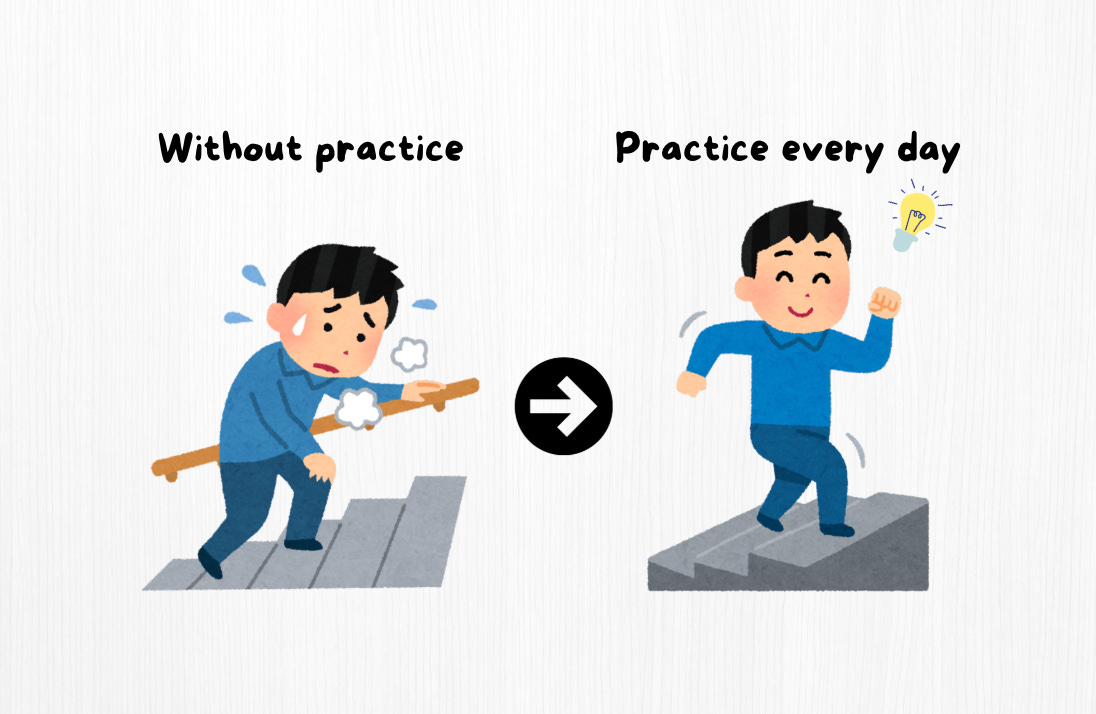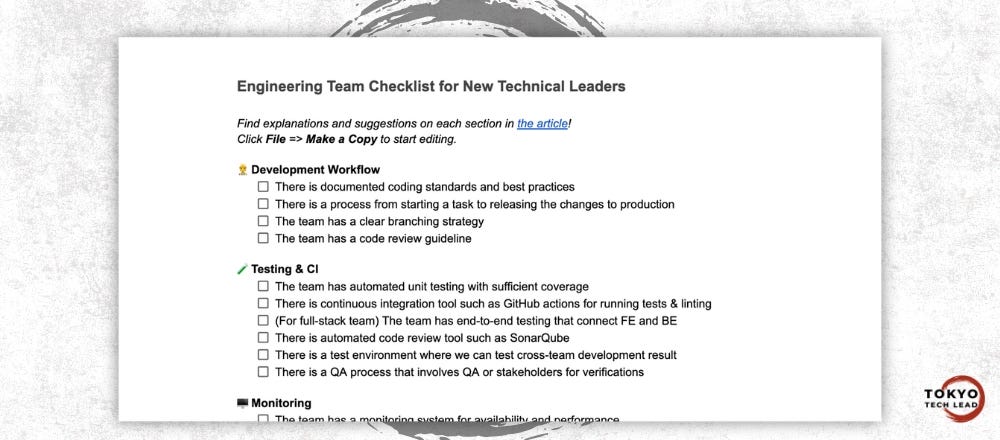Training Your Brain for Senior Thinking
You don't become a senior dev overnight. You become one through practice.
From my earlier post, you already know the mindset shifts you need to make to transition to a senior developer role.
But How?
Most engineers read about senior thinking and nod along. Then they go back to work and… nothing changes. They still take tickets without asking questions. Things remain the same.
In this post, I’ll share the specific actions I personally used in the past to practice senior thinking. These aren’t big dramatic changes. They’re small, repeatable habits that compound over time.
Let’s get into it.
❓ Action 1: Always Ask Why
Take a quick pause before taking a task or project. Ask yourself if the following is clear:
What problem are we solving?
Who is affected by this?
How does this tie to our current goals?
If anything is unclear. Ask. Don’t let it slip.
Sometimes, those questions reveal the real problem is something else entirely. Maybe users don’t need another filter. Maybe they need better default settings. Maybe the problem is unclear goals, not missing features.
Any project or any task should be tied to driving revenue, managing risk, or cutting costs
The follow-up Question
If the answer doesn’t tie to any of these, push back gently and ask: “Help me understand how this is helping the business.”
Weak outcomes should be ignored. For example, “this makes the title cleaner for internal employees” isn’t a business outcome. It’s a preference. Sure, if we have time, we can do it. But unless it impacts how internal employees do their jobs, it doesn’t justify development time.
But a small caveat is that don’t ask why for every single task. That would slow the team down.
💡 Action 2: Know the Team Priorities and Roadmap
Ask yourself: Are you clear with the current team priorities?
Some examples include priority business projects, major technical debts, and ongoing organization changes.
It’s also important to understand your organization’s priority. For example,
They work on 80% of business projects and 20% of technical debts every quarter.
They aim for 100% delivery rate of all assigned projects
They aim for 80% of KPI achievement rate
How is understanding this helping you?
Well, this helps you understand the team’s position.
For example, if you know the team must hit a 100% project completion rate this month and you’re only at 60%, you can raise it early. You don’t wait until the last week for your manager to change priorities. No one likes that kind of surprise.
If you’re unsure, talk to your manager in your next 1-on-1.
🗣️ Action 3: Speak Your Mind
Most engineers stay quiet when they don’t know what to do, because our culture encourages us to avoid mistakes. But that’s when you can be different.
The formula
Instead of saying “I don’t know” or just keep quiet, say: “We don’t have a clear answer, but here’s what I would consider...” And then you lay out what you know and what you don’t know.
During that discussion, you find out the next actions. Either you move forward, or you decide how to find out the unknown.
An Example
When someone asks for my opinion on an ambiguous topic, I could say:
“Here’s how I’m thinking about this. We have two constraints: timeline and team capacity. Given our deadline, I’d lean toward the simpler solution, even if it’s not perfect. We can always revisit later.”
Notice what I’m doing:
I’m naming the factors I’m considering
I’m stating my recommendation
I’m staying open to other perspectives
This approach works even when I’m not 100% confident. In fact, it works better when you’re uncertain, because it invites collaboration instead of pretending you have all the answers.
🧑🤝🧑 Action 4: Think Team Improvement, not Individual Improvement
When something goes wrong, mid-level engineers fix the symptom.
Senior engineers fix the pattern.
Whenever you encounter an incident, a communication blocker, or any issue, you can ask yourself: “How do we prevent similar issues in the future?”
Not just this specific issue. Similar issues.
For example:
If a deployment breaks production, don’t just roll back. Ask if you need better staging tests or gradual rollouts.
If someone struggles to get info from another team, don’t just help them. Ask if the documentation or communication channel needs fixing.
If a bug slips through code review, don’t just patch it. Ask if the review checklist or test coverage needs an update.
This habit takes more time upfront. Instead of fixing one issue, you’re thinking about preventing ten future issues. But that’s exactly what makes you a multiplier.
💡 Bonus tip: You don’t do this for every small issue. You act on those which happens more than once or affects multiple team members.
✍️ Action 5: Raise One Observation in Every Retrospective
Most engineers attend retrospectives quietly. They think they have nothing important to say. But retrospectives only work if people participate.
Senior engineers share what they notice, even small things:
What went well that we should keep doing?
What went wrong that we should revisit?
Any ideas worth trying?
If you rarely speak up, start now.
Make sure you raise at least one point in each meeting.
If you’re not used to speaking up, start small. Prepare it before the meeting so you’re not scrambling.
You don’t need solutions. Just observations. That’s how team learning starts.
And if your team doesn’t have retrospectives yet, create one. Every team needs that space to improve together.
Regular Personal Reflection to Track Your Improvements
Honestly, you cannot change all these overnight. And fortunately, you don’t have to.
Use your 1-on-1s with your manager to reflect on progress. Before each one, spend 10 minutes reviewing the past week or month.
Keep a running document with two sections:
Show-off list:
Projects you completed
Problems you solved (for yourself and others)
And personal reflection:
What went well
What you struggled with
You don’t have to share it all, but reference it during your conversation. After three months, you’ll see visible improvement. You can also ask for feedback from your manager based on your goals.
Again, the goal isn’t perfection. The goal is direction: one step at a time.
You might want to go beyond this and cultivate a well-rounded senior engineer mindset.
For those who want a clear, structured way to continue to grow, I recommend using the roadmap I’ve created: Stop Waiting for Recognition: The 90-Day Senior Dev Roadmap.
It walks you through:
✅ Finding out what “senior” means in your company
✅ Identifying opportunities in your team
✅ Building a repeatable system
It’s a step-by-step plan you can use immediately, starting from today.
All you have to do is to subscribe to Tokyo Tech Lead. It will deliver to your inbox 🙂
Last Words
Thank you for reading the post!
❤️ Click the like button if you like this article.
🔁 Share this post to help others find it.
Also, I’ve uploaded my first template for help you get started with your team leadership journey.
Visit my store to get the template, and start assessing your team health!
See you in the next post!
Adler from Tokyo Tech Lead




